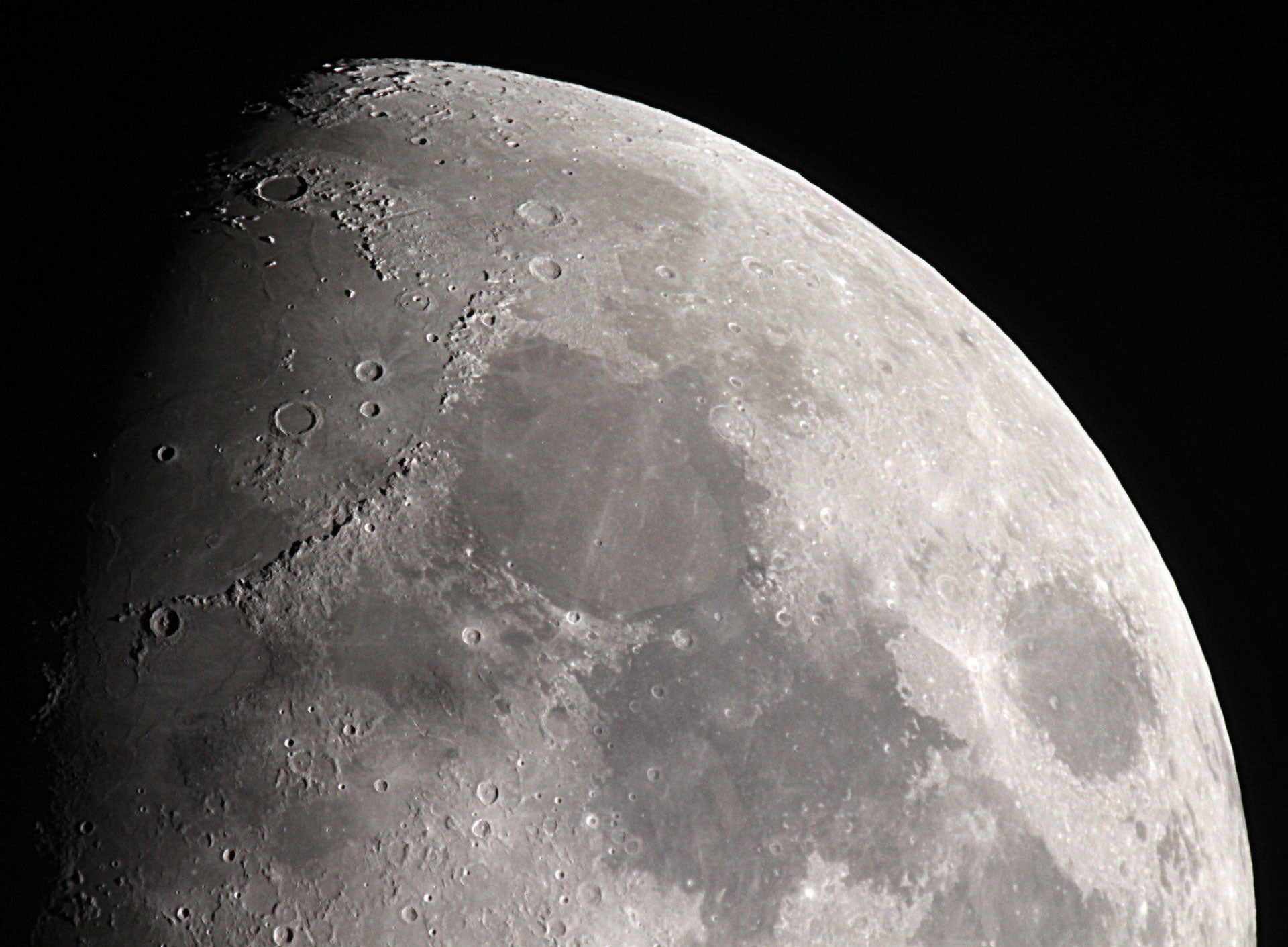
NASA has announced that it has detected water on the sunlit surface of the Moon for the first time, a discovery that could be important for future space missions.
The discovery was made by NASA’s Stratospheric Observatory for Infrared Astronomy (SOFIA), a modified Boeing 747SP aircraft carrying a 2.7m reflecting telescope.

Access deeper industry intelligence
Experience unmatched clarity with a single platform that combines unique data, AI, and human expertise.
NASA experts explained that SOFIA was able to detect the infrared chemical signature of water molecules on the sunlit surface of the Moon. Previously water molecules have been detected in cold environments near the lunar poles, but until now they have not been found at other places on the lunar surface. The results are published in the latest issue of Nature Astronomy.
During NASA’s teleconference, Paul Hertz, director of the astrophysics division in the science mission directorate at NASA’s headquarters in Washington said:
“For the first time water has been confirmed to be present on a sunlit surface of the Moon. This is exciting because the expectation is that any water present on a sunlit surface of the Moon would not survive the lunar day. This discovery reveals that water might be distributed across the lunar surface and not limited to the cold shadowed places near the lunar poles where we had previously discovered water ice.”
Lead author of the study Casey Honniball, a postdoctoral fellow at Nasa’s Goddard Space Flight Center, explained that for about a decade scientists were aware of the existence of hydrogen on the surface of the Moon but spacecraft were not able to differentiate between hydrogen and hydroxyl molecules.

US Tariffs are shifting - will you react or anticipate?
Don’t let policy changes catch you off guard. Stay proactive with real-time data and expert analysis.
By GlobalDataHowever, using a wavelength of six microns, SOFIA was able to detect the chemical fingerprint of water, distinguishing it from hydroxyl, allowing scientists to “definitively determine” the presence of water on the sunlit surface of the Moon.
“We found the water in the Southern Hemisphere at Clavius crater and its surrounding regions,” said Honniball.
“Clavius is one of the largest craters visible from Earth. At this location the data revealed a water concentration of about 100 to 400 parts per million…this is not puddles of water but instead water molecules that are so spread apart that they do not form ice or liquid water.”
According to NASA, as means of comparison, the Sahara desert has 100 times the amount of water than has been detected in the lunar soil.
Honniball explained that the water could have two potential sources: solar wind or micrometeorites.
“The solar wind delivers hydrogen to the lunar surface that reacts with oxygen in the soil to form hydroxyls,” he said. “During micrometeorite impact on the Moon, these pre-existing hydroxyls can be converted into water by combining two hydroxyl molecules together in the high temperatures from the impact. Many of these same micrometeorites may also contain water of their own that can transfer to the Moon.”
The discovery raises questions about how the water persists on the lunar surface. Honniball noted that small beadlike structures formed during the micrometeorite impact encasing the water could allow it to remain on the sunlit surface, protecting the water from the harsh lunar environment.
The water may also exist within the lunar soil, which would shelter it from sunlight.
Water on the Moon could sustain lunar base
The discovery has important implications for the future of space exploration. NASA’s Artemis programme will see astronauts land on the Moon in 2024 and then establish a lunar base, which will play a role in future crewed missions to Mars.
Hertz said: “This discovery, of course, is of more than just scientific interest to NASA. With the Artemis programme, NASA will land the first woman and the next man on the Moon in 2024 and establish a sustainable human presence by the end of the decade. At the Moon, we’ll prepare for human exploration of Mars.
“Water is a precious resource in space, and we want to know everything we can about water on the Moon. One of the things we don’t know yet is whether the water detected by SOFIA on a sunlit surface is accessible for use as a resource.”
Jacob Bleacher, chief exploration scientist for NASA’s human exploration and operations mission directorate, explained that the presence of water on the surface of the Moon could enable future space missions to carry less water, leaving room for other resources:
“The SOFIA results discussed today are very exciting for us in human exploration. This discovery is a great example of science and human exploration working hand-in-hand…understanding where the water is on the Moon will help us prepare to send astronauts to the lunar South Pole for the Artemis.”
He added that if astronauts can use the resources on the Moon to survive it would mean there’s more room to transport scientific payloads.
“We know there’s water at the Moon but we don’t know exactly how accessible lunar water is for our future explorers. Knowing where we can find water is a good first step but we need to know more about the water to understand if and how we can use it for both science and exploration. We know that water exists in some of the darkest and coldest locations on the Moon, inside craters that have never seen sunlight, those cold and dark environments are difficult to reach and they can be even harder to work in for long periods of time. So finding water that’s easier to reach is really important to us.”
He noted that it is now important to understand the state in which the water exists, how stable it is and whether it is replenished over time, as water that exists within the beadlike structures may require more energy to extract.
Read More: Volume of space debris orbiting the Earth is “growing steadily”.







